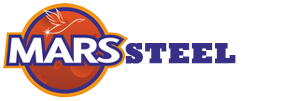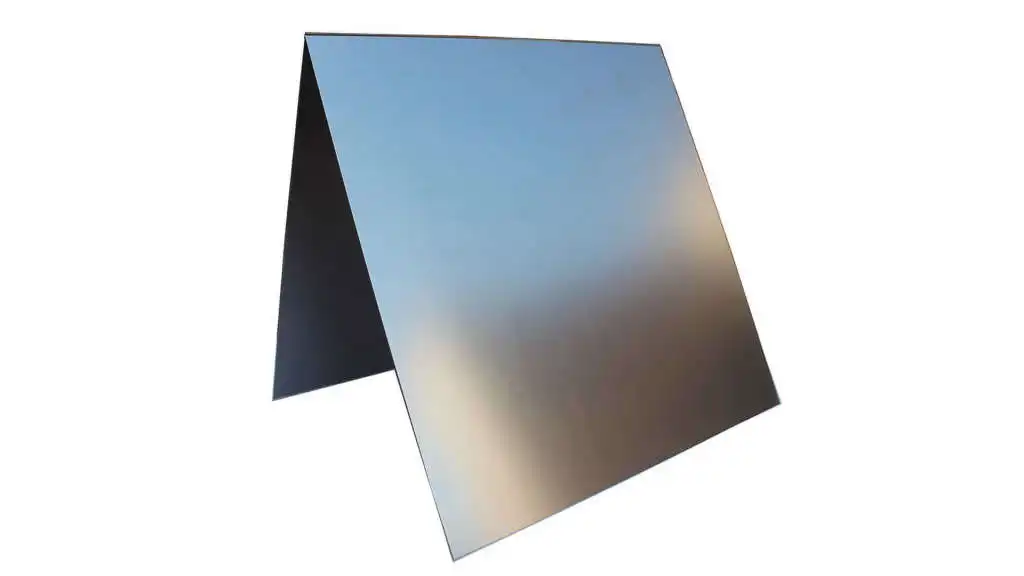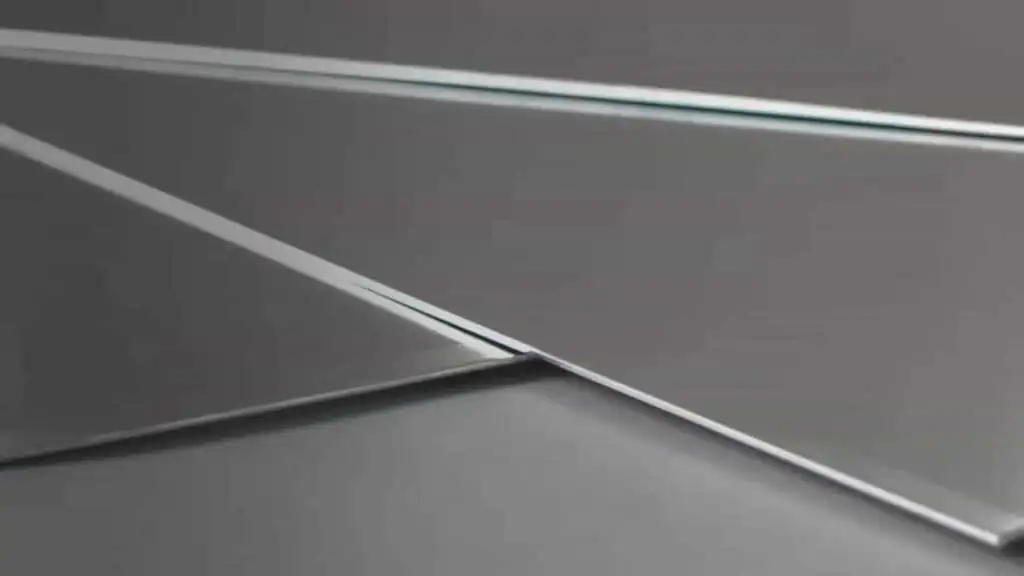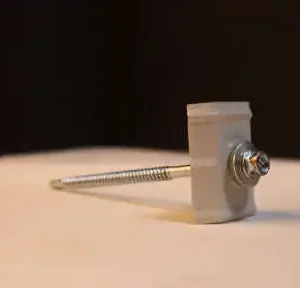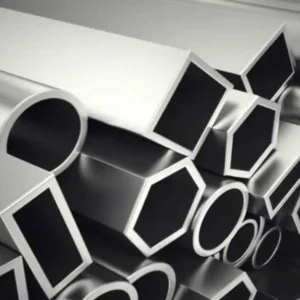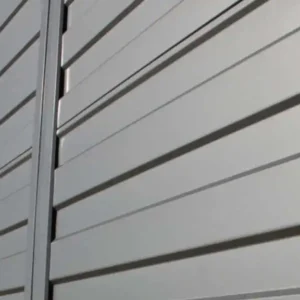Aluminum plaque
Aluminum sheet What is it?
Aluminum sheet is the form obtained by rolling technique of aluminum, which is considered the backbone of the iron and steel industry. The most important aspect of the plates used in many areas of human life is that they are durable and high quality.
Although aluminum is in a very soft and unstable form in nature, it achieves better properties after various procedures. At this point, one of the most important alternatives, Aluminum plates, is remarkable in terms of durability and formability. The fact that it transmits electricity and heat in the most appropriate way as possible also brings diversity to the fore in usage areas. Moreover, the diversity in color brings together decorative solutions.
What are the General Properties of Aluminum?
Aluminum, which is found in a compound with bauxite in nature, is formed as a result of the interaction of limestone and silicate rocks with the weather and eroding. Since purified aluminum is a low-strength material, when it becomes a component with high-strength, stretchable materials, it can be classified as a naturally hard and heat-treatable material because it does not generate sparks.
Aluminum sheet is a material obtained from aluminum by rolling method. The thin part of this material, which is a sector in itself, is called sheet metal and the thick one is called plate. These products, which are very resistant to atmospheric corrosion, can easily take the desired shape. The conductivity of these materials to electricity and heat is quite high. Thanks to its appearance, it is also very suitable for decorative coatings.
What are the Technical Specifications of Aluminum Sheets?
When aluminum comes into contact with air, it works like a protective layer. Thus, it visibly resists atmospheric corrosion. Pure and pure aluminum and copper-free alloys are resistant to a wide range of environments. Therefore, it is used in industries such as construction, automotive and maritime, as well as in industrial environments where aluminum, food, beverage and chemical production takes place. For example, the fact that soft drink cans began to be made of aluminum has increased the use of aluminum in the process until today.
Aluminum offers relatively high distortion, that is, deformation resistance. However, considering that the relevant method is used for the construction of facilities, aluminum and aluminum alloys are used in a wide range and are shaped according to the desired architectural structure. In addition, it is produced from electrical materials, especially aluminum, by means of heat and electrical conductivity. However, it is highly used in the fields of mechanical, electrical and electronic engineering due to its non-magnetic nature.
Aluminum offers a number of surface procedures that reveal the perfect harmony feature for almost many programs. Thus, a wide range of colors and prints can be applied, decorative surfaces can be created, surfaces can be made for the facility and factory, it is used in environments where mechanical and chemical procedures are required because it is resistant to wear, it is suitable for polishing, wet spray painting can be done in most color tones, as well as powder coating. Sheets with aluminum surfaces are naturally good heat and light reflectors. It is not deformed during bonding procedures as it is resistant to almost all procedural forms.
Plate Usage Area of Aluminum
Aluminum, which has a lot of usage areas, is used in the houses we live in, the devices we use, many cables, all kinds of cabinets, shelves, counters and kitchen utensils, modern architectural designs, and in many sectors such as food, medicine and chemistry.
Regarding product packaging, aluminum is one of the most useful materials. One of the areas where it is most widely used is soft drink and beer cans. 80% of all beverage cans used in the world are made of aluminum. Since aluminum is much lighter than other metals, it is used as much as possible in automobiles, and 25% of the total aluminum used in the world belongs to automobile production.
Aluminum has an intense usage area due to the advantages it provides worldwide in the production of coolers, spotlights, kitchen utensils, and all items and equipment where lightness is essential.


